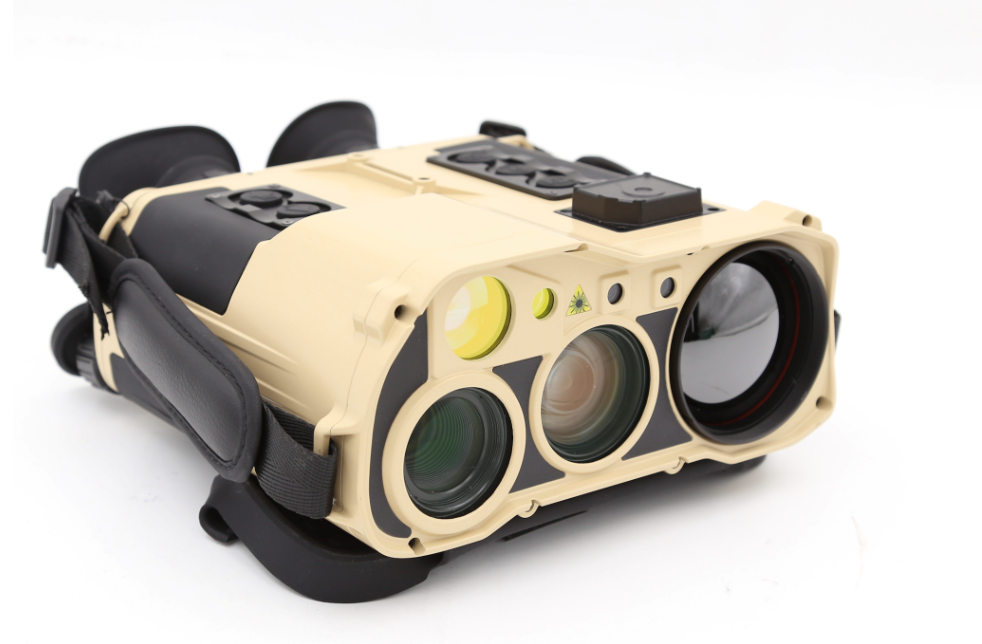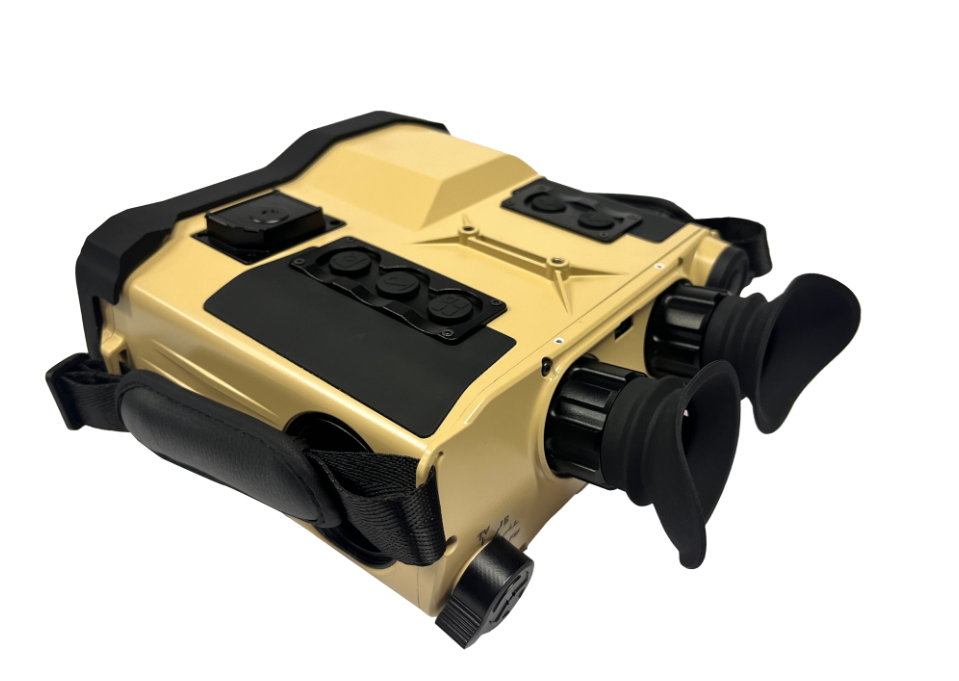Tips for using infrared thermal imagers:
1. Adjust the focus
Adjust the focus carefully. If the overheated or overcooled reflections above or around the target affect the target measurement, try to adjust the focus or measurement direction to reduce or eliminate the reflection effect.

2. Ensure that the instrument is stable during the measurement process
All long-wave NEC infrared thermal imagers can reach a frame rate of 60Hz, so the image may be blurred due to the movement of the instrument during the image capture process. For best results, the instrument should be kept as stable as possible when freezing and recording images. When pressing the storage button, it should be as gentle and smooth as possible.
3. Choose the correct temperature measurement range
In order to get the correct temperature reading, be sure to set the correct temperature measurement range. When observing the target, fine-tuning the temperature span of the instrument will obtain the best image quality. This will also affect the quality of the temperature curve and the temperature measurement accuracy.

4. Understand the maximum measurement distance
For uncooled micro-caloric focal plane detectors, in order to accurately distinguish the target, the target image through the thermal imager optical system must occupy 9 pixels, or more. If the instrument is too far from the target, the target will be very small and the temperature measurement result will not correctly reflect the actual temperature of the target object, because the temperature measured by the infrared thermal imager at this time averages the temperature of the target object and the surrounding environment.
5. Single working background
For example, when the weather is cold, when performing inspection work outdoors, you will find that most targets are close to the ambient temperature. When working outdoors, please be sure to consider the impact of solar reflection and absorption on the image and temperature measurement. Therefore, some older models of infrared thermal imagers can only perform measurements at night to avoid the impact of solar reflection.
Onick RE850 binocular multifunctional handheld observation instrument is a small intelligent observation device integrating infrared, micro-light, visible light and laser. It has built-in composite positioning module, high-precision digital electronic compass, ultra-long-distance laser ranging and all-in-one meteorological sensor module, and has multi-spectral fusion function. It can be used for all-weather target positioning reconnaissance, indication, trajectory solution, and can take photos and videos. It has rich interfaces to build battlefield Internet of Things. It is comfortable to use and easy to carry. It is mainly used for battlefield reconnaissance, trajectory solution, environmental mapping, warning and expulsion.
Application areas:
Reconnaissance, surveillance, outdoor hunting and security protection, etc.

